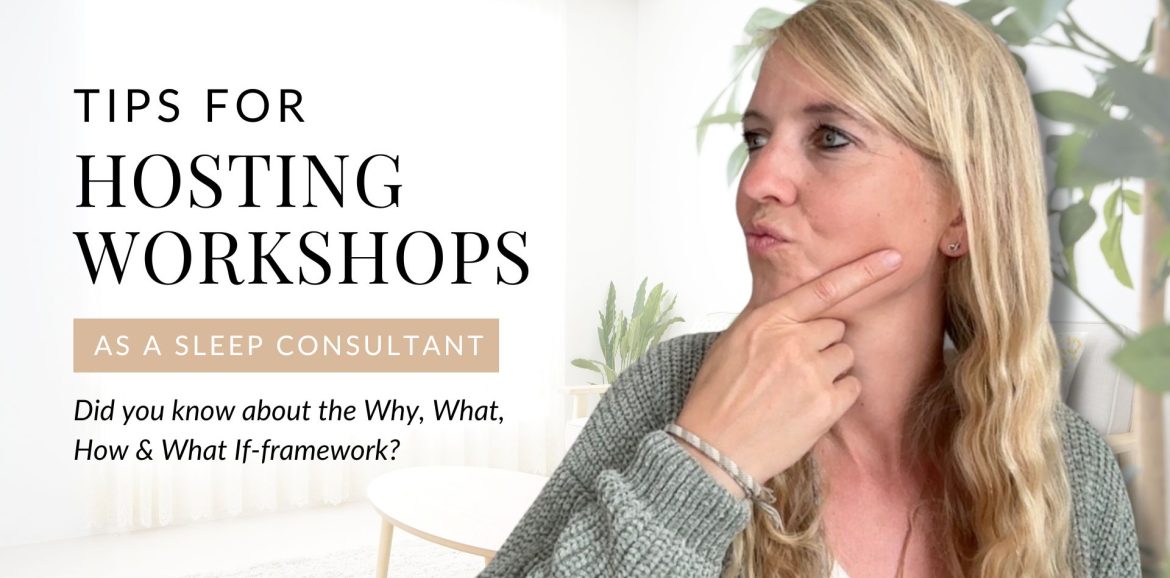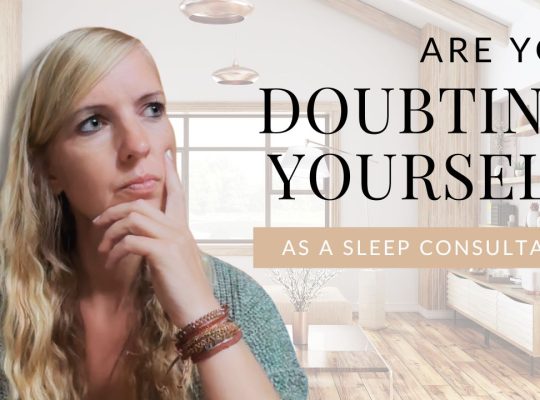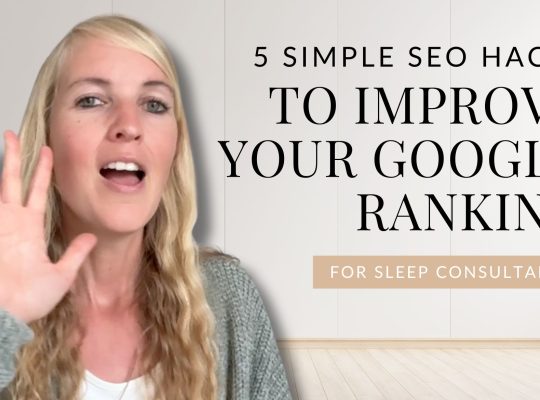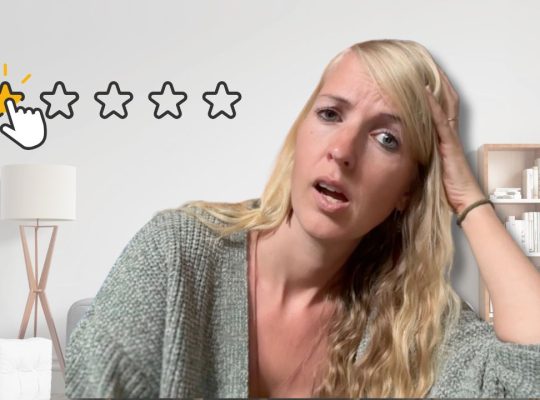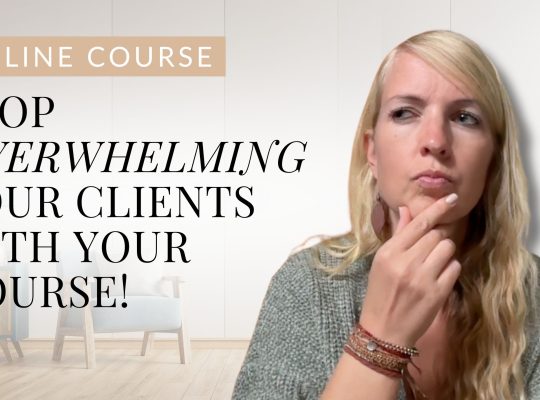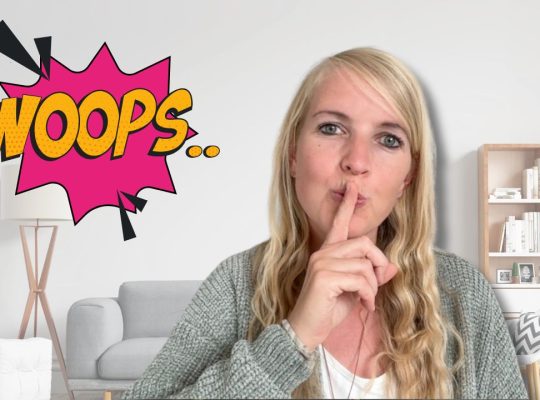Hosting workshops as a Sleep Consultant is a great way to connect with your audience and grow your business. But it’s not just about presenting — you need to keep people engaged, offer value, and follow up. This article will give you practical tips to structure your content, boost audience interaction, and ensure lasting results from your workshops.
Or watch this video about Tips for Hosting Workshops as a Sleep Consultant!
Tip 1 – Using the “Why, What, How & What If-Framework” to Structure Your Workshop
When planning your workshop, using the “Why, What, How & What If-framework” can help you address the diverse needs of your audience. This approach allows you to connect with different type of listeners, whether they prefer a step-by-step approach, or want to understand why they should join.
Why-People: Start by explaining the importance of the topic. Share relatable stories or statistics that highlight common sleep challenges families face. This creates an emotional connection and shows your audience that you understand their struggles. It’s not only about addressing why they should care about this topic, but also about why they should listen to you.
What-People: Next, outline what you’ll cover in the workshop. Clearly define the key points and topics, so participants know what to expect. This transparency builds trust and keeps everyone on the same page. Have any research or statistics, these type people of people love that!
How-People: Next, detail how attendees can implement what they’ve learned. Offer practical tips, tools, or strategies that they can apply right away. This not only adds value but also positions you as a knowledgeable resource they can turn to in the future. These type of people LOVE frameworks, step-by-step approaches.
What If-People: Finally, address potential concerns by ending with a Q&A, or give an example of a commont thought such as, “What if you’ve tried everything and nothing seems to work?” Providing solutions or alternative approaches here can reassure this type of person that you have the skills to troubleshoot if things don’t go according the step-by-step or the strategy that you explained before. Address these thoughts and concerns out loud.
Bonus Tip: Make sure that your email sequence also addresses all these types of listeners. Clearly explain why they should join, what they’ll gain from the workshop, how the content will be delivered, and highlight the Q&A option for their questions.
Tip 2 – Creating Real Value Before Introducing Your Offer
Before you present your offer during the workshop, it’s essential to establish credibility and build trust with your audience. Here’s how to create real value that resonates with participants:
Start with Education: Begin your workshop by sharing valuable insights related to sleep consulting. Discuss common sleep challenges, effective techniques, or recent research findings. This educational content demonstrates your expertise and shows attendees that you genuinely want to help them.
Provide Actionable Tips: Offer practical tips that attendees can implement immediately. For instance, share strategies for improving sleep routines or calming bedtime rituals. When participants leave with tangible advice, they feel empowered and appreciate your generosity.
Incorporate Real-Life Examples: Use case studies or testimonials to illustrate the effectiveness of your methods. Real-life stories (inviting a past client!) helps attendees see the potential impact of your services, making your offer more appealing when you introduce it later.
Engage with Personal Stories: Share your own experiences or challenges related to sleep consulting. Authenticity fosters connection, allowing participants to relate to you on a personal level. When they see you as someone who understands their struggles, they’ll be more receptive to your offer.
By providing real value before introducing your offer, you create a strong foundation of trust and engagement, making your eventual pitch more effective.
Tip 3 – Pre-Launch, Launch, and Post-Launch Strategies for Your Workshop
To maximize the impact of your workshop, it’s important to implement effective strategies at each phase: pre-launch, launch, and post-launch. Here’s how to navigate each stage:
Pre-Launch:
Begin building excitement before the event. Create excitement by promoting your workshop on social media, through email newsletters, and on your website. Share sneak peeks of the content you’ll cover, and encourage early sign-ups with an incentive, such as a discount for the first few registrants (if it’s a paid workshop). You might also consider hosting a free webinar or live Q&A session to introduce yourself and provide valuable insights, giving potential attendees a taste of what they can expect.
Launch:
On the day of the workshop, create a warm and welcoming atmosphere. Start with a brief introduction to yourself and your credentials to establish authority. Engage your audience right from the beginning by asking some questions in the chat (“How old is your baby?”, “What is your biggest challenge right now?”. This interaction can help set a positive tone for the rest of the session and helps you to address the specific challenges your attendees have. Make that your technology is set up correctly, and have a clear agenda so attendees know what to expect.
Post-Launch:
After the workshop, follow up with attendees through an email sequence. Thank them for their participation and provide a recap of key points discussed. Include any promised resources, such as slides or handouts, and remind them of your offer. Share results of previous clients, promote your offer again, and consider adding a special bonus or discount for those who attended, creating a sense of urgency for them to take action: “If you purchase my sleep consulting package in the next 24 hours, you’ll get a 50 USD discount!” Additionally, request feedback to learn what worked well and what could be improved for future workshops.
Tip 4 – Clear Calls-to-Action
A clear call-to-action (CTA) is essential for guiding your audience toward the next steps after your workshop, whether attendees are present live or watching the replay.
Tailored CTAs for Different Audiences:
Make sure to address both live attendees and those watching the recording. Start by thanking the live audience for their participation and encourage them to take immediate action, such as signing up for your services or accessing additional resources. For replay viewers, acknowledge that they’re watching on their own time and encourage them to take advantage of any limited-time offers you may have.
Be Specific and Direct:
Your CTAs should be clear and specific. Instead of vague phrases like “check this out,” use direct language like “sign up for a 20% discount on our sleep consulting package by clicking the link below.” This clarity helps eliminate confusion and directs attendees to take the desired action.
Reinforce the Benefits:
When presenting your CTA, remind your audience of the benefits of acting now. Highlight how your services can address their specific sleep challenges or improve their family’s well-being. Reinforcing the value of your offer can motivate attendees to take action sooner rather than later.
Multiple Opportunities:
Provide multiple opportunities for your audience to engage with your CTA throughout the workshop. You can mention it throughout the presentation, at the end, and in your email secquence. This repetition helps keep it top of mind and increases the chances that they’ll take action.
Easy Access to Links:
Ensure that any links or buttons for your CTA are easily accessible (and working!). If you’re using a webinar platform, make sure the links are shared in the chat or displayed on-screen. For recorded sessions, include clickable links in the description or follow-up emails.
Conclusion
Hosting workshops as a Sleep Consultant is a great way to connect with your audience and grow your business. It might feel scary at first, but the more you do it, the better you’ll get—just like with anything else.
>> I’d love to hear if this has been helpful, you can find me here!

